General description
Catalase is encoded by the gene mapped to human chromosome 11p13. Mammalian catalase is an antioxidant enzyme and is a member of hydroperoxidase family). The active enzyme is homotetrameric in nature.
Application
Catalase from bovine liver has been used as a component of gloxy, which is one of the most popular oxygen-scavenging systems.
Catalase acts as a natural antioxidant to study the roles of reactive oxygen species in gene expression and apoptosis. It has also been used to protect against oxidative damage to proteins, lipids, and nucleic acids. Industrially, catalses have been used to remove hydrogen peroxide added to milk and cheese, in textile bleaching, and to examine its positive effects on the viability of DNA-repair mutants of E. coli.
Biochem/physiol Actions
Catalase has an ability to convert solar radiation into reactive oxidant species (ROS). It is involved in regulation of tissue peroxide levels. Mutation in catalase gene result in the progress of essential hypertension (EH).
Catalase catalyzes the degradation of hydrogen peroxide into water and oxygen. It can also react with alkylhydrogen peroxides, such as methylperoxide and ethylperoxide and the second H2O2 molecule can be replaced by methanol, ethanol, propanol, formate and nitrate as a hydrogen donor.
Components
Catalase from bovine liver is a tetramer consisting of 4 equal subunits each with a 60 kDa molecular weight. Each of these subunits contains iron bound to a protoheme IX group. The enzyme will also strongly bind to NADP, where NADP and the heme group are within 13.7 angstroms.
Unit Definition
One unit will decompose 1.0 micromole of hydrogen peroxide per minute at pH 7.0 at 25 deg C, while the hydrogen peroxide concentration falls from 10.3 to 9.2 millimolar.
Physical form
Supplied as a lyophilized powder containing ≤0.2% thymol
- UPC:
- 12352200
- Condition:
- New
- Availability:
- 3-5 Days
- Weight:
- 1.00 Ounces
- HazmatClass:
- No
- MPN:
- E3289-100MG
- CAS:
- 2593710












